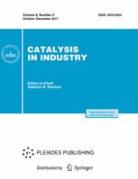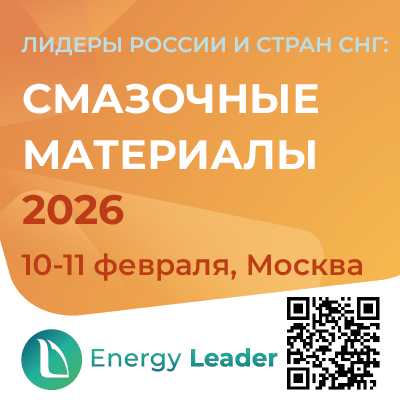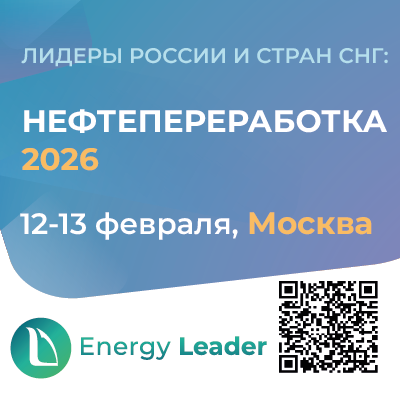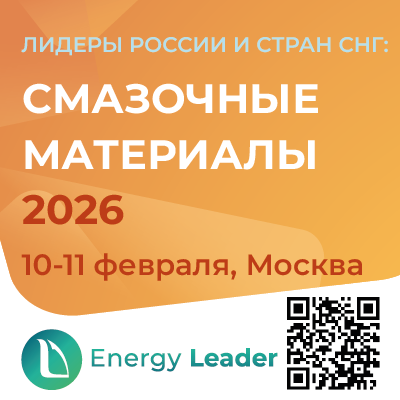Membrane systems for recovery of gaseous energy utilities from biomass treatment products
Abstract
One of the prospective technologies of the production of energy carriers from renewable raw material is biological conversion of organic wastes. The products of this conversion are gaseous (biogas, biohydrogen) or liquid mixtures containing methane and hydrogen or lover alcohols respectively. Traditional membrane systems are considered and original gas-liquid membrane contactors (MCs) are proposed as prospective systems for energy carriers recovery (methane, hydrogen) from gas mixtures. MCs do not demand preliminary compression of initial gas mixture. Technical degree methane (> 95 %) can be obtained after the separation stage of biogas. Low energy consumable membrane system is created on the basis of developments of TIPS RAS in cooperation with experts-microbiologists and specialists in mechanical engineering. Developed MCs are based on non-porous high permeable asymmetric polyvinyltrimethylsilane (PVTMS) membrane which shows the permeance level of CO2 more than 1500 L/(m2·h·atm) that completely satisfy requirements of high permeable and sterile barrier. Composite membranes based on glassy polymer with high free volume – polytrimethylsililpropyne (PTMSP) which are already produced in laboratory scale are considered as prospective membranes for MCs. Application of such membrane methods as pervaporation and membrane recovery of organic component from vapour phase is also perspective for recovery of liquid energy carriers (bioalcohols) from diluted water-organic solutions (range of organic substances concentrations is 1–7 %) obtained by biofermentation. It is shown that organophillic PTMSP membranes can be successfully applied for processes of continuous recovery of liquid energy carriers from products of biomass treatment.
About the Authors
V. V. TepliakovRussian Federation
V. S. Khotimskiy
Russian Federation
A. V. Yakovlev
Russian Federation
M. G. Shalygin
Russian Federation
L. G. Gasanоva
Russian Federation
V. B. Zenkevich
Russian Federation
A. I. Netrusov
Russian Federation
References
1. Кириллов Н.Г. // Индустрия. 2002., № 3. С. 113-118.
2. Ягафарова Г.Г., Насырова Л.А. // Нефтегазовое дело. 2006. № 3-4.
3. Le Journal des Energies Renouvelables. 2008. Vol. 186. P. 45–59.
4. Weiland P. // Applied Microbiology and Biotechnology. 2010. Vol. 85. P. 849–860.
5. Stern S.A. // Journal of Membrane Science. 1994. Vol. 94. P. 1-65.
6. Тепляков В.В. // Журнал ВХО им.Д.И.Менделеева. 1987. №6. С. 693-697.
7. Richard W. Baker. Membrane technology and application. 2000. 537 p.
8. Schell W.J., Houston C.D. // Energy Progress. 1983. Vol. 3. P. 96–100.
9. http://www.virtuellesbiogas.at/node/384
10. Beil M., Hoffstede U., Klaas U. // Energie |wasser praxis. 2009. Vol. 1. P. 44–49.
11. Allen M.R., Braithwaite A., Hills C.C. // Environmental Science & Technology. 1997. Vol. 31. P. 1054–1061.
12. Feng, S. Sourirajan, H. Tezel, T. Matsuura. // Journal of Applied Polymer Science. 1991. Vol. 43. P. 1071–1079.
13. Wind J.D., Paul D.R., Koros W.J. // Journal of Membrane Science. 2004. Vol. 228. P. 227 – 236.
14. Paul H., Philipsen C., Gerner F., Strathmann H. // Journal of Membrane Science. 1988. Vol. 36. P. 363 –372.
15. Yeom C.K., Lee S.H., Song H.Y., Lee J.M. // Journal of Membrane Science. 2002. Vol. 198. P. 129 – 143.
16. Feng X., Sourirajan S., Tezel H., Matsuura T. // Journal of Applied Polymer Science. 1991. Vol. 43. P. 1071–1079.
17. Borisevich O.B., Syrtsova D.A., Teplyakov V.V., Khotimskiy V.S., Roizard D. // Desalination. 2004. Vol. 163. P. 267-272.
18. Soon-Hwa Yeon, Ki-Sub Lee, Bongkuk Sea, Yu-In Park, Kew-Ho Lee. // Journal of Membrane Science. 2005. Vol. 257. P. 156-160.
19. Shalygin M., Yastrebov R., Golub A., Beggel F., Khotimskiy V., Teplyakov V. // Proc. of the EMS Conference. Montpellier, France. 2009. P. 455-456.
20. http://www.biohydrogen.nl/everyone
21. Тарасов В.И. // Материалы IV Международного Конгресса "Топливный биоэтанол 2009". 2009.
22. Сергеев В.Н. // Производство спирта и ликероводочных изделий. 2002. № 4. С. 5-11.
23. Волков В.В., Мчедлишвили Б.В., Ролдугин В.И., Иванчев С.С., Ярославцев А.Б. // Российские нанотехнологии. 2008. № 11-12. С. 67-99.
24. Leland M. Vane. // Journal of Chemical technology & Biotechnology. 2005. Vol. 80. P. 603-629.
25. Srinivasan K., et al. // Chemical Engineering Science. 2007. Vol. 62. P. 2905-2914.
26. Fadeev A.G., et al. // Journal of Membrane Science. 2001. Vol. 186. P. 205-217.
27. Ezeji T.C., Qureshi N., Blaschek H.P. // World Journal of Microbiology & Biotechnology. 2003. Vol. 19. P. 595-603.
Review
For citations:
Tepliakov V.V., Khotimskiy V.S., Yakovlev A.V., Shalygin M.G., Gasanоva L.G., Zenkevich V.B., Netrusov A.I. Membrane systems for recovery of gaseous energy utilities from biomass treatment products. Kataliz v promyshlennosti. 2010;(5):95-103. (In Russ.)




























